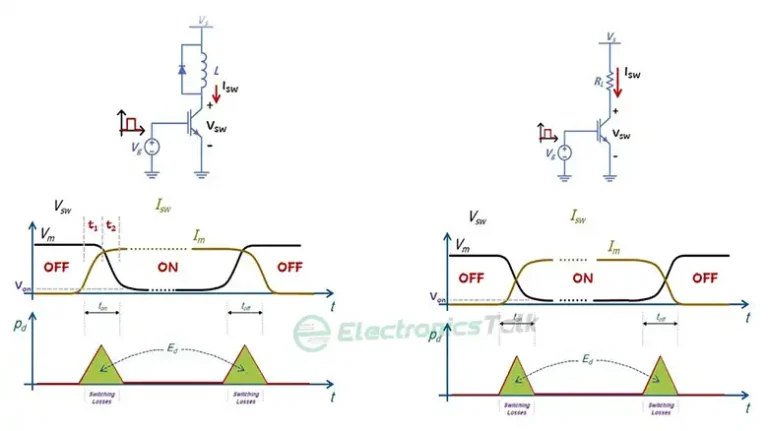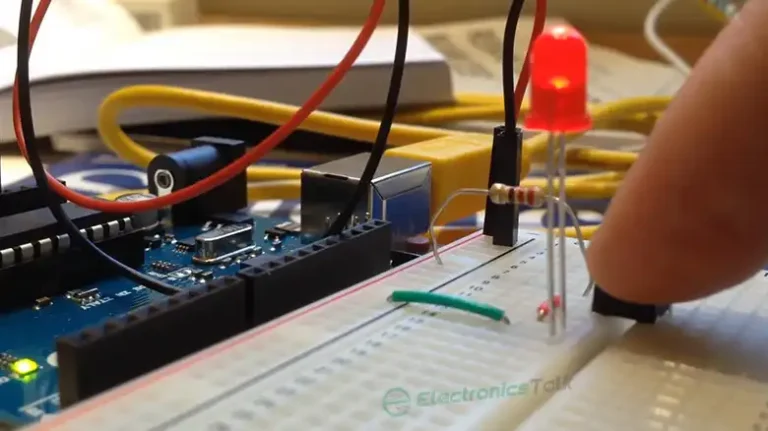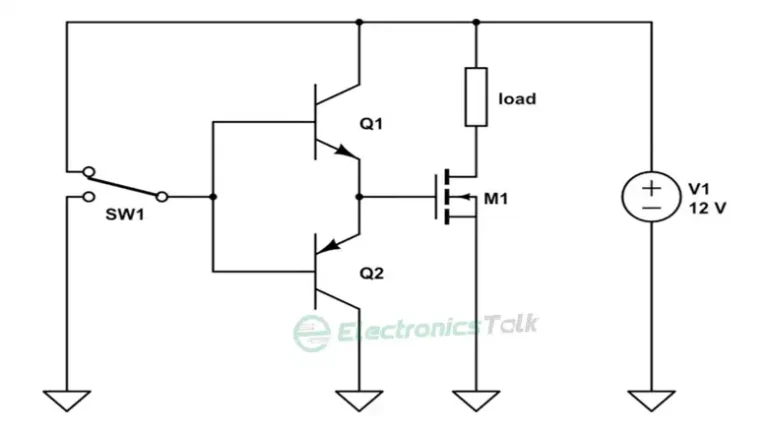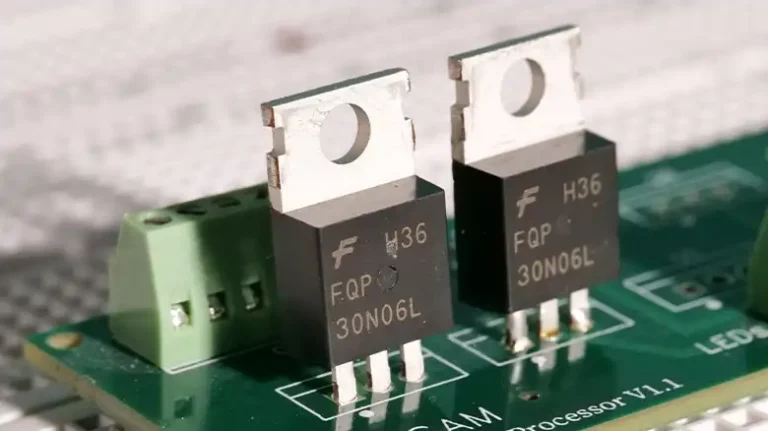Can I Use 1n4004 Instead of 1n4001? [Advantages Explained]
In most applications, a 1N4004 diode can be used in place of a 1N4001 diode. Both the 1N4001 and 1N4004 are rectifier diodes of the 1N400x series, and they share several electrical properties.
These diodes’ voltage ratings are what distinguishes them most from one another. The maximum voltage rating of the 1N4001 is 50 volts, whereas the maximum voltage rating of the 1N4004 is 400 volts. Accordingly, the 1N4004 can withstand voltage levels that the 1N4001 cannot.

Is 1n4004 an Alternative to 1n4001?
The general-purpose rectifier diodes of the 1N400x series are frequently used in a variety of electronic circuits to convert alternating current (AC) to direct current (DC). Although these diodes have comparable electrical properties, their maximum voltage ratings are the main difference between them.
Rated Voltage
A 50-volt maximum voltage rating is available for the 1N4001 diode. It may thus safely withstand voltages of up to 50 volts without putting the diode at risk. Using a 1N4001 diode could lead to failure or breakdown if the voltage in your circuit is higher than 50 volts.
The 1N4004 diode, on the other hand, is rated for a greater maximum voltage of 400 volts. It can therefore be used in circuits that have higher voltage needs. The 1N4004 can be utilized in applications where the voltage level is within this range because it can securely withstand voltages up to 400 volts.
A 1N4004 diode can be used in place of a 1N4001 diode in circuits that operate at or below 50 volts without causing any problems. Just as well as the 1N4001, the 1N4004 can operate in the lower voltage range.
Considerations
It’s normally fine to use a 1N4004 instead of a 1N4001 unless your circuit specifically calls for the lower voltage rating or if the circuit voltage is close to the 1N4001’s limit. Also, there are a few additional factors you can think about before the substitution.
Firstly, make sure the diodes are compatible in terms of size and physical package. To ensure they can be placed and connected in your circuit appropriately, check the physical packaging of any different diodes in the same series that you use.
Second, use the proper diode with the correct voltage rating if your circuit operates close to the 1N4001’s operating voltage limit. Operating a diode at or near its maximum voltage limit can shorten its life and dependability. The 1N4004 is a good option in these circumstances.
Will utilizing a 1N4004 diode instead of a 1N4001 diode affect its performance in any way?
You shouldn’t typically anticipate noticeable performance differences when employing a 1N4004 diode instead of a 1N4001 diode. Both diodes have comparable electrical properties, and the 1N4004 was made to work with the 1N401 in the past.
Last Words
As long as the voltage requirements of the circuit are within the range supported by the 1N4004 diode, the 1N4004 diode can typically be utilized as a replacement for the 1N4001 diode in the majority of applications. When performing the substitution, it’s crucial to take into account the physical specifications, package compatibility, and any applicable voltage restrictions.






![Can Diodes Overheat [Reasons and Solutions]](https://www.electronicstalk.org/wp-content/uploads/2023/07/Can-Diodes-Overheat-768x431.webp)